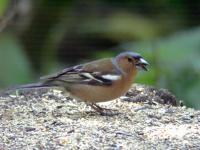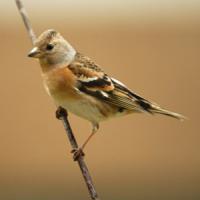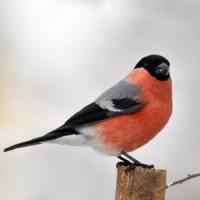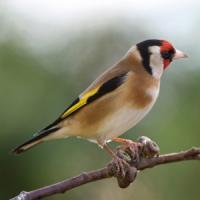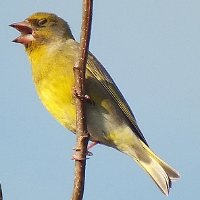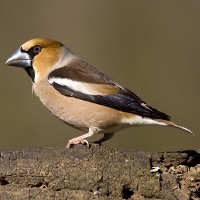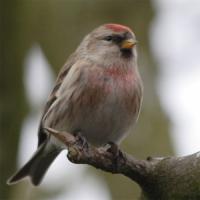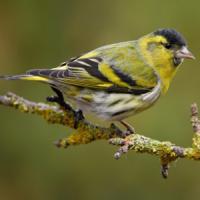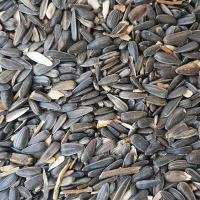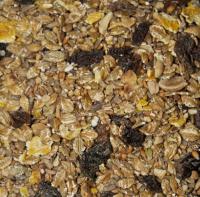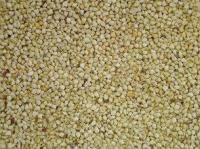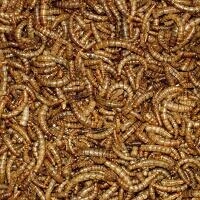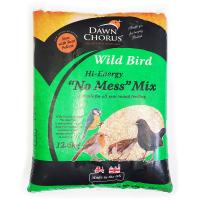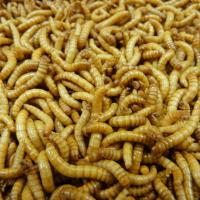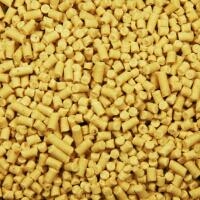- Home
- FAQs
- Customer Video Gallery
- Customer Photo Gallery
- Bird Facts
- Bird Food Blog
- Bird Information
- Feeding Advice
- Small Animal Information
- A to Z of Guinea Pigs
- A to Z of Hamsters
- A to Z of Rabbits
- Basic Care for Guinea Pigs
- Basic Care for Hamsters
- Basic Care for Rabbits
- Basic care for Chinchillas
- Basic care for Ferrets
- Basic care for Gerbils
- Basic care for Mice
- Basic care for Rats
- Buying a Healthy Small Animal
- Does your Reptile need a Licence
- Equipment for Ferrets
- Equipment for Hamsters
- Equipment for Mice
- Equipment for your Chinchilla
- Equipment for your Gerbil
- Equipment for your Guinea Pig
- Equipment for your Rabbit
- Keeping a House Rabbit
- Dog Information
- Cat Information
- Customer Information
- Fat Balls
- Suet Pellets
- Straights
- Seed Mixes
- Suet Treats
- Mealworms
- Bird Feeders
- My Account
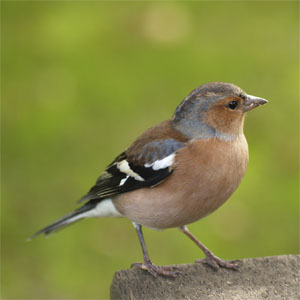
| Scientific Name | Fringilla coelebs |
| Breeding | April |
| Fledge Days | 13-16 |
| Incubation Days | 12-13 |
| Lifespan | 3 years |
| Number of Clutches | 1 |
| Number of Eggs | 4-5 |
| Size | 14.5cm |
| Weight | 19-23g |
| Wingspan | 15-18cm |
Chaffinch Facts - Information About Chaffinch
Chaffinch - Fringilla Coelebs
The Chaffinch is an abundant British breeding resident with around 6 million pairs, it occurs in nearly all habitat types throughout the country and can easily be enticed into the garden by presenting suitable food on the bird table or ground, Chaffinches feed on seed so a good seed mix will bring them in.
Identification:
Adult
- Males are easily recognised whereas the females are a little more difficult as they are more Sparrow-like.
- Chaffinches are small Sparrow sized birds - the Chaffinch is around 15cm in length.
Male
- Tail is dark with white outer tail feathers, rump is moss green, back is chestnut, wings are black with a large white double wingbar, white edges to tials and bluey grey shoulder patch.
- The Chaffinch has a bluey grey nape and crown.
- Face, chin and throat are a lovely orange/pinky-red.
- Underparts are pinky-red and undertail coverts are white.
Female
- Female Chaffinches lack all the colours of the male and look like a washed out brown version, however the wing and tail markings are similar to the males.
- Back, nape and crown are dull brown, face and chin grey-brown.
- Underparts are pale greyish buff. Undertail coverts white.
Juvenile
- Juveniles appear from late April onwards and look very similar to adult females.
Status and Distribution
The Chaffinch is a very abundant breeding resident in the UK with over 6 million pairs.The Chaffinch occurs in all counties throughout the UK.
In winter numbers increase as migrants come to the UK from Continental Europe to escape their cold winters, migrants start to arrive in October to winter in our less severe climate.
Habitat/Food
Chaffinches tend to feed on the ground and bird tables but will occasionally take food from feeders, they occur in all habitat types throughout the UK, woodlands, parks, gardens, farmland, hedgerows towns and cities. In the garden Chaffinches love seed mixes.
Song/Call
Several call notes; most often a hard loud ‘pink’ sometimes repeated 3 or 4 times, also a short sharp high pitched ‘seee’.
Song is sung from an obvious perch or in deep cover and is a series of notes descending in pitch and excelerating in pace. ‘pitt pitt pitt chett chett chett chitt chitt chitt chitchiterdia’
The following food is favoured by Chaffinch




